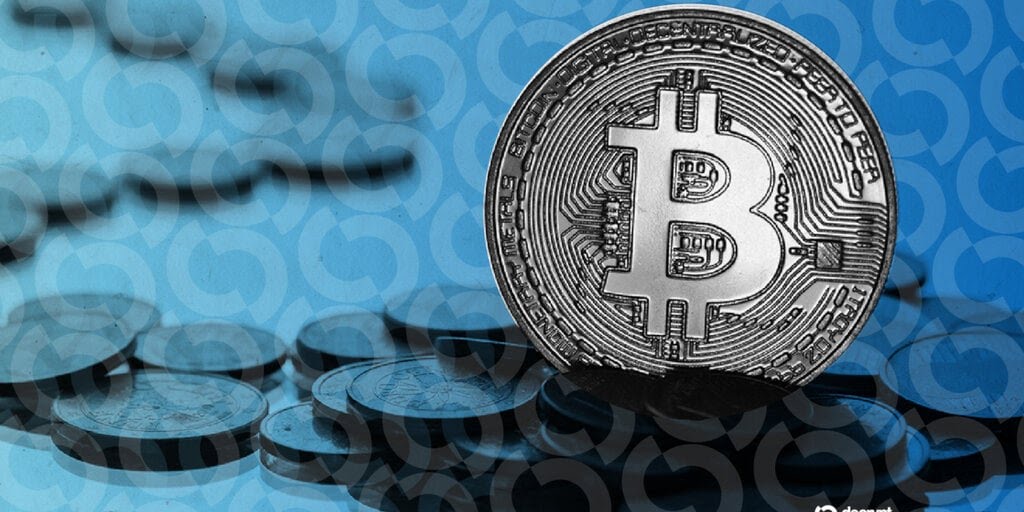More than a decade after one of cryptocurrency’s most infamous collapses, Mt. Gox has once again delayed repayments to creditors, extending the deadline to October 2026. The exchange, which once handled over 70% of global Bitcoin transactions, filed for bankruptcy in 2014 following a massive security breach that wiped out approximately 850,000 BTC. While partial recoveries have been initiated under a court-approved plan, the new extension underscores ongoing administrative and logistical hurdles. For thousands of creditors worldwide, the wait for restitution—now entering its twelfth year—remains a poignant reminder of the crypto industry’s early volatility and growing pains.
The Legacy of Mt. Gox: From Crypto Giant to Catastrophic Collapse
Mt. Gox’s downfall remains one of the most defining moments in cryptocurrency history. Founded in 2010 and based in Tokyo, the platform quickly became the world’s largest Bitcoin exchange, processing the majority of global transactions at its peak.
However, in 2014, Mt. Gox abruptly suspended withdrawals, citing “technical issues,” before revealing that hackers had stolen 850,000 bitcoins—valued at billions of rupees today. The event triggered widespread panic in the crypto markets, damaging investor confidence and prompting global regulators to scrutinize digital assets more closely.
Since then, Mt. Gox’s bankruptcy proceedings have symbolized the challenges of recovering and redistributing digital assets in an emerging financial ecosystem lacking clear legal frameworks.
The New Timeline: Repayment Pushed to October 2026
According to the latest trustee announcement, the repayment schedule for Mt. Gox creditors has been extended to October 31, 2026, marking yet another delay in the long-awaited compensation process. The trustee cited the need for additional administrative preparation, complex verification procedures, and ongoing coordination with exchanges facilitating payments in both Bitcoin (BTC) and Bitcoin Cash (BCH).
Initially, repayments were expected to begin in late 2023, but the intricate logistics of asset conversion, verification of claimant identities, and cross-border regulatory compliance have slowed progress. Many creditors—particularly those who filed claims nearly a decade ago—have expressed growing frustration over the recurring extensions.
The trustee assured stakeholders that efforts remain underway to ensure accurate disbursement and safeguard against fraudulent claims, emphasizing the need for precision in managing digital and fiat currency settlements.
Why the Delay Matters: Lessons in Regulatory and Technological Complexity
The Mt. Gox repayment saga highlights how cryptocurrency insolvencies differ drastically from conventional bankruptcies. While traditional liquidations rely on tangible assets and standardized banking systems, crypto insolvencies involve decentralized tokens, fluctuating valuations, and evolving legal standards.
Since the collapse, Bitcoin’s value has skyrocketed, transforming what was once a loss of thousands of rupees into potential recoveries worth millions. This price appreciation has complicated repayment logistics, with courts and trustees navigating how to distribute assets fairly while maintaining compliance with Japanese bankruptcy law.
The case also underscores the urgent need for global crypto regulation. The absence of unified oversight in 2014 left both investors and authorities unprepared for large-scale digital asset theft. Even today, jurisdictions differ widely in how they classify and protect cryptocurrencies, making international recovery efforts notoriously slow.
Creditors’ Perspective: Patience Wears Thin
For many Mt. Gox creditors, the repeated delays have become emotionally and financially draining. Some individuals have waited over a decade, watching Bitcoin’s price fluctuate wildly—from a few hundred rupees per coin in 2014 to over Rs. 60 lakh in recent years—without clarity on when, or how much, they will recover.
A portion of creditors has already received partial payments under the early repayment program launched in 2024. However, many others are still awaiting confirmation or completion of their claims. The trustee has reiterated that both Bitcoin and fiat repayments will be processed in phases, with priority given to verified claimants who met all submission deadlines.
Despite assurances of transparency, critics argue that the prolonged process reflects a lack of urgency and efficiency in managing digital insolvencies, particularly when blockchain technology itself offers transparent tracking mechanisms.
Broader Impact on the Crypto Ecosystem
Mt. Gox’s prolonged resolution continues to influence the cryptocurrency industry in profound ways. The collapse spurred the creation of more robust custodial security standards, regulatory frameworks, and insurance mechanisms for exchanges and wallets.
Newer platforms now employ cold storage, multi-signature authentication, and third-party audits to protect user assets—measures directly inspired by the lessons of Mt. Gox. Additionally, regulators across Asia, Europe, and North America have since tightened licensing requirements for crypto exchanges, demanding stronger cybersecurity and consumer protection protocols.
However, the drawn-out repayment timeline may still affect market sentiment. Each announcement related to Mt. Gox tends to influence Bitcoin’s price, as large-scale repayments could lead to sell-offs if creditors decide to liquidate their recovered holdings.
The Road Ahead: Hope Amid Uncertainty
While the latest extension delays closure, it also represents progress toward a more organized and legally sound repayment process. Unlike in previous years, today’s crypto environment is far more mature, with better legal guidance and improved technological infrastructure to facilitate asset distribution.
